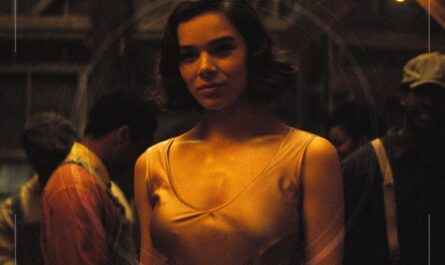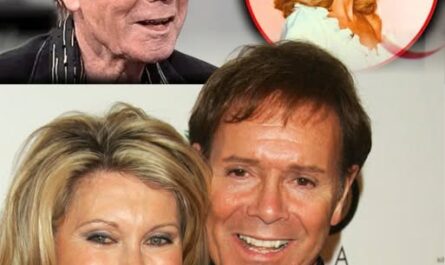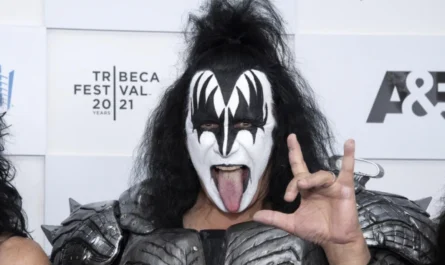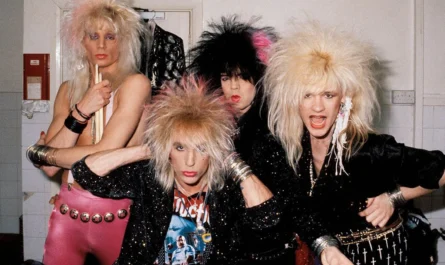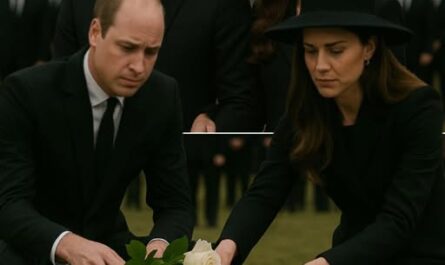There’s a very old joke that probably still gets a laugh at the expense of New York City tourists at least a half dozen times a day. “How do you get to Carnegie Hall?” asks a person hoping for directions. “Practice!” is the response.
The idea, pretty much since this esteemed concert venue opened in 1891, is that not-just-anybody plays Carnegie Hall. If you take the stage here, it’s not just a testament to your talent and where you’ve gotten in your career; it says something about the entirety of American culture at that point in time.
Like most things in Manhattan, Carnegie Hall has always operated on the capitalist principles of supply and demand, with even the more elitist members of its management usually bowing to the changes in the musical tastes of the wider community. As such, it didn’t take too long for the new phenomenon of rock and roll to find its way into the building’s hallowed halls, even if it was arguably Trojan-horsed through the back entrance.
On May 6th, 1955, Carnegie Hall hosted a two-part “Jazz and Variety” concert to benefit the Lighthouse, New York’s Association for the Blind. Jazz was still the top dog of American popular music at the moment, and the line-up for this charitable event was star-studded, with Count Basie, Lester Young, Buddy Rich, and Billie Holiday among the performers during the show, which was broadcast live on CBS Radio.
But what about rock and roll?
Considerably further down the roster for that benefit show was the name of a different sort of musical act, a rock ‘n’ roll outfit from Pennsylvania called Bill Haley and His Comets.
The year prior, in 1954, Haley’s band had carried the banner for the rock revolution with a pair of giant radio hits: ‘Rock Around the Clock’ and ‘Shake, Rattle & Roll’. By 1955, with Elvis Presley and Little Richard still yet to enter the scene, Haley was still the face of rock, and his inclusion in the Carnegie Hall show was something of a nod from the establishment that this type of music was likely here to stay.
In a newspaper interview a few months before the Carnegie Hall show, Haley joked that somebody told him there had only been “three major movements in popular music: the waltz, the blues, and Bill Haley.”
“We use country and western instruments,” Haley said, “play rhythm and blues tunes, and the result is pop music.”
He also described his brand of rock as “physical music”.
“That’s why nobody can copy the style. It takes strength. Our bass man, for example, has to pull the strings hard enough so they’ll bounce back and slap against the board. . . . Our drummer is an ex-football player who weighs over 200 pounds. All night long he hits those rim shots. Most drummers would collapse.”
Following that first, brief performance of Haley and the Comets, Carnegie Hall hosted a more proper blues and rock and roll revue during a special midnight show on October 30th, 1955, highlighted by Bo Diddley, Etta James, and several doo-wop groups. From there, New York and most of America had begun its pivot toward rock as the dominant pop genre of the late 20th century.
